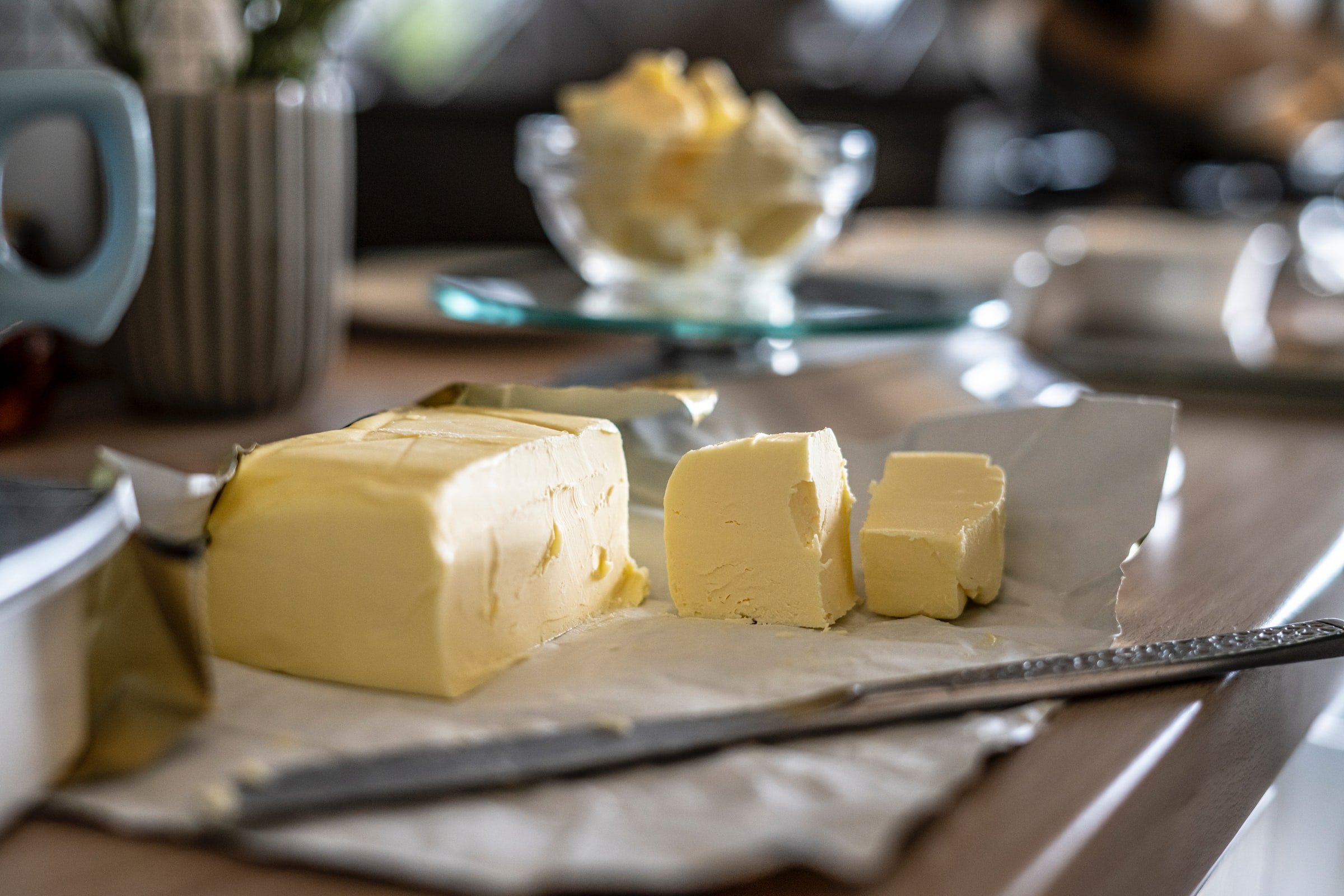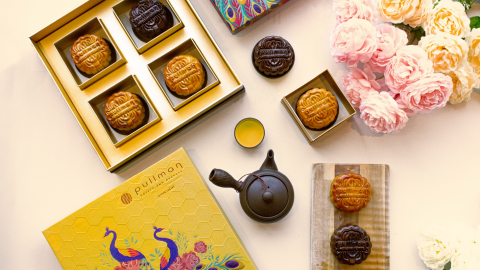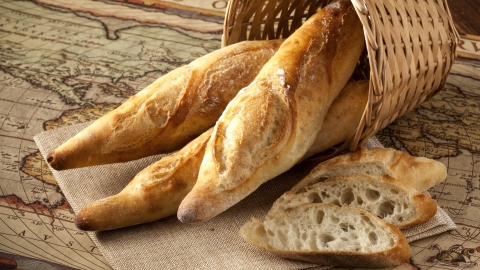Throughout the length and depth of European cuisine, butter has been a classic ingredient, highly applicable and has a delicious and delicate flavor. But few people know that butter and margarine once had a cultural war in the market and media.
How butter fell
Butter was once a staple food in the diet of children, adults, the elderly, and even soldiers. During the Second World War, butter shortages became widespread as the fields where cows, goats, and buffaloes were raised to produce milk, the main ingredient of butter, were heavily damaged by bombs.

Food shortages led the US government to enact "food rationing" laws. Each adult was to be given about 50 grams of butter per week.
Along with butter, there was another food called “margarine” which means vegetable butter made from hydrated oils and flavorings to simulate the rich taste of butter. As the war became tense, margarine companies seized the opportunity to introduce products to replace butter in the diet of that time. In 1950, the Menominee Herald-Leader published an advertisement for Durkee’s margarine, which was sold for 25 cents per stick, as the “first shot” on the road of margarine.
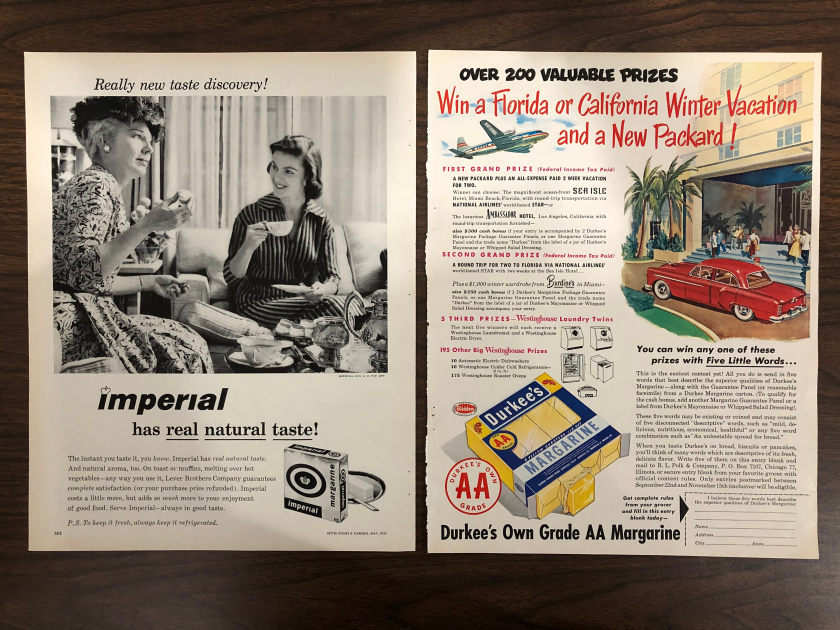
A poster advertising "naturally flavored" margarine that resembles butter. The main ingredients of margarine are palm oil, water and salt.
The Anuta Research Center in the US has conducted research to support margarine, creating conditions for margarine to appear widely on shelves. But perhaps, they themselves did not expect the ambitions of margarine companies. These companies not only wanted to replace animal butter temporarily but also wanted to change the entire eating habits of people at that time through massive advertising campaigns about the harmful effects of animal butter such as increased blood fat, myocardial infarction... and immediately launched a "safer" product. The history of the margarine industry is quite short but has been a resounding success. After being invented in 1869, margarine took less than 100 years to become a popular product in supermarkets and traditional markets.
A bitter post-war struggle broke out between margarine companies and simple farmers. The emergence of a new type of butter threatened the jobs of thousands of farmers, cast a pall over fertile fields and extinguished the lights of artisan butter factories that had once operated at full capacity.
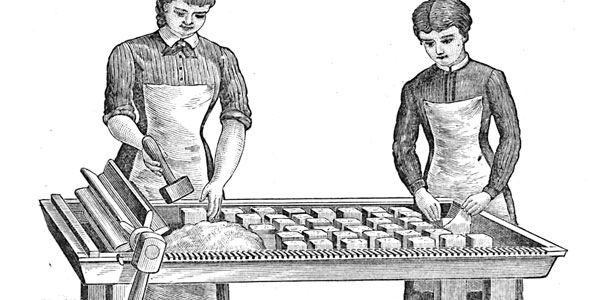
A small factory produces butter by hand. Girls are cutting the butter into cubes.
In 1968, Unilever launched a new brand called Flora with the slogans “lighter” and “healthier” to appeal to the post-war consumer mentality that was beginning to care about health. Margarine, which started out as a cheap food for the poor, was now coated with a glossy and eye-catching glaze thanks to massive advertising campaigns. Many margarine manufacturers deliberately claimed that the unsaturated fats in margarine would limit the risks of disease and health. Unilever even boldly advertised its vegetable-based fat products as being good for the heart and good for health.

Durkee advertising poster.
Realizing the lurking danger, the government enacted policies to help farmers regain their voice. In fact, even before World War II, some states in the US banned margarine due to concerns about its nutritional value. And many places also required margarine companies not to intentionally dye their margarine yellow to “trick” consumers. However, it was not until long after World War II that consumers, governments, and farmers had a clearer view of the “margarine phenomenon” that flooded the market.
Butter in modern life
After a series of ups and downs, glory and even "failure", now animal butter has an irreplaceable position in the baking and cooking industry. Consumers have also become wiser because they know exactly which product is suitable for each dish. Although saturated fat in butter can cause some weight and cardiovascular problems, the deliciousness and irresistible appeal of dishes made from butter cannot be denied.
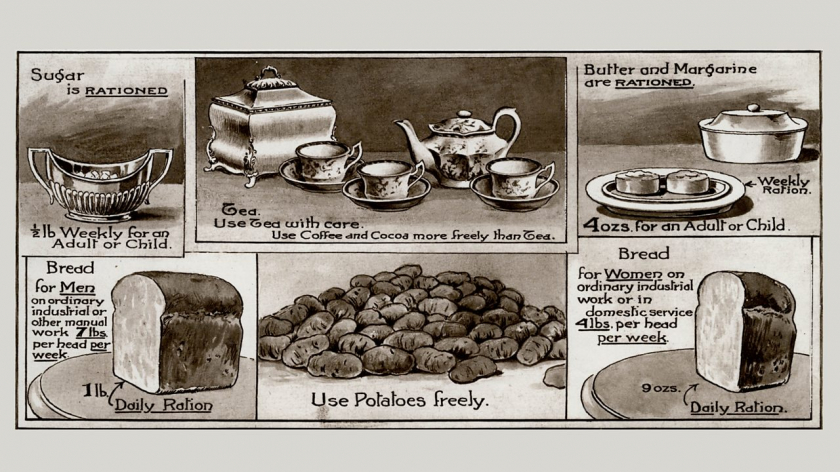
Butter is one of the staple foods in Western cuisine.
In 2014, on the homepage of the Harvard Public Health Center, there were essays about rethinking the importance of animal fat. In it, a point was put forward and received a lot of agreement from scholars and experts: "We all need to change our general nutritional thinking towards focusing on food-based recommendations, instead of nutrient-based."
The reality is that not all fats are bad. The focus on eliminating “fat” from our diets has led to healthy fats being replaced with sugars and other simple carbohydrates that can be harmful to our health.

Avocado has appeared in many famous paintings.
With the modern lifestyle of returning to nature, people now look for handmade butter products that are meticulously made by farmers instead of the square, blandly similar margarine bars that come out of factories. Butter is usually light yellow or ivory depending on the season. If the land is fertile and has a lot of sunlight, the butter will turn yellow and vice versa, not having the eye-catching, uniform golden color from food coloring like industrial butter bars. Everyone believes that handmade butter blocks will taste more delicious and healthier than regular butter. Butter bars that are not very square, sometimes cut a little crooked and wrapped in a few thin layers of paper are the things that sell out on the shelves.
The Journey of the Avocado Slices
Butter was discovered and used very early. No one knows exactly when butter was produced, but many researchers believe it appeared in 8000 BC in Mesopotamia.
Before the 19th century, butter was made from cream. Images of European girls in long skirts stirring butter in a pot have become an endless source of inspiration in paintings. The act of churning butter, called “churning,” required great strength because the more churned, the thicker and heavier the butter became until it became a fairly solid mass. The harder the butter, the better the quality; soft butter was often mixed with oil and water to reduce the cost of the product.
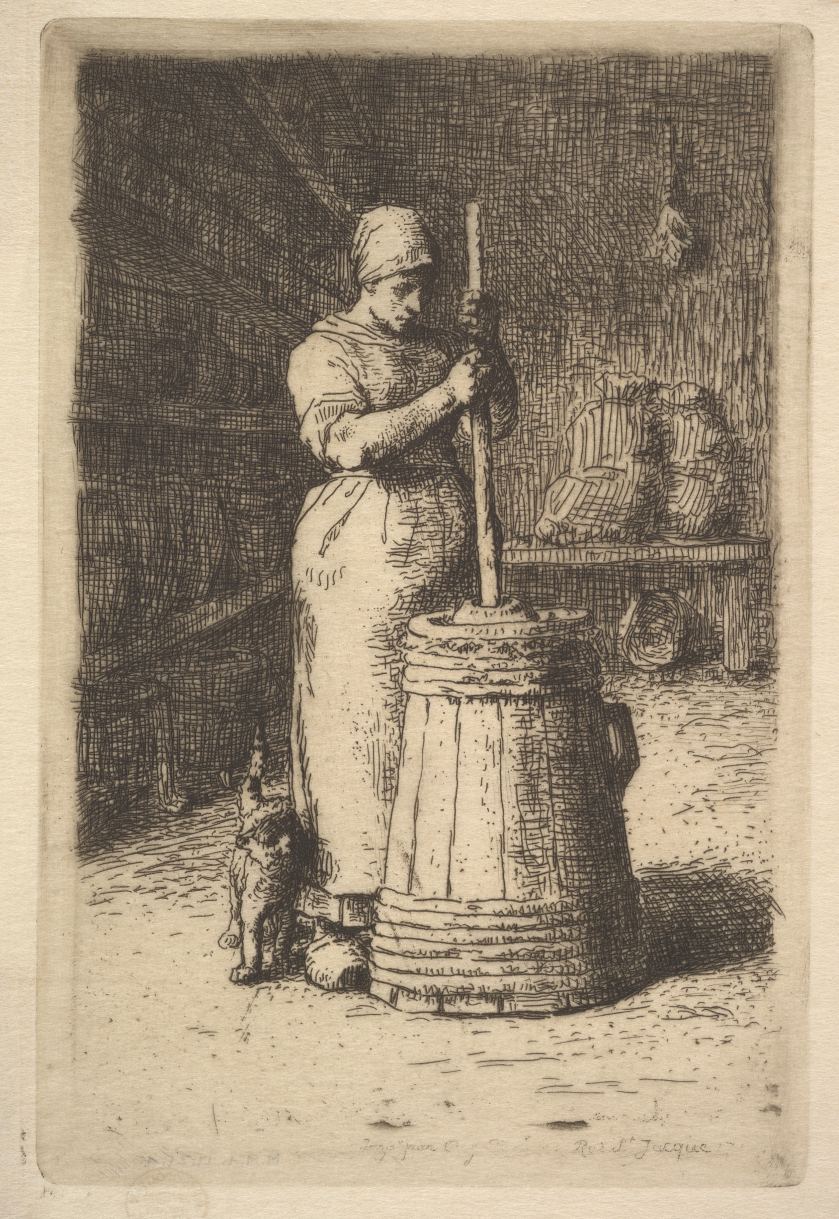
Image of an ancient European girl churning butter in a large bucket.
Since 1879, cream separation technology has been widely used, making the butter making process simpler and more modern.
Not only appearing in Europe, in fact, some regions such as Mongolia, India or regions with large steppes have products recognized as animal butter. However, instead of being made from cow's milk like most European farmers do, these places take advantage of milk sources from animals such as goats, bison, buffalo... Butter and cheese made from bison milk are considered a "homegrown" specialty of Tibet.

Butter is delicious when spread on bread.
Putting aside a moment about a food that is extremely important to the culture of many countries around the world, Travellive hopes that through this article, readers can have more perspectives on a familiar, small product that has a great and powerful influence.





